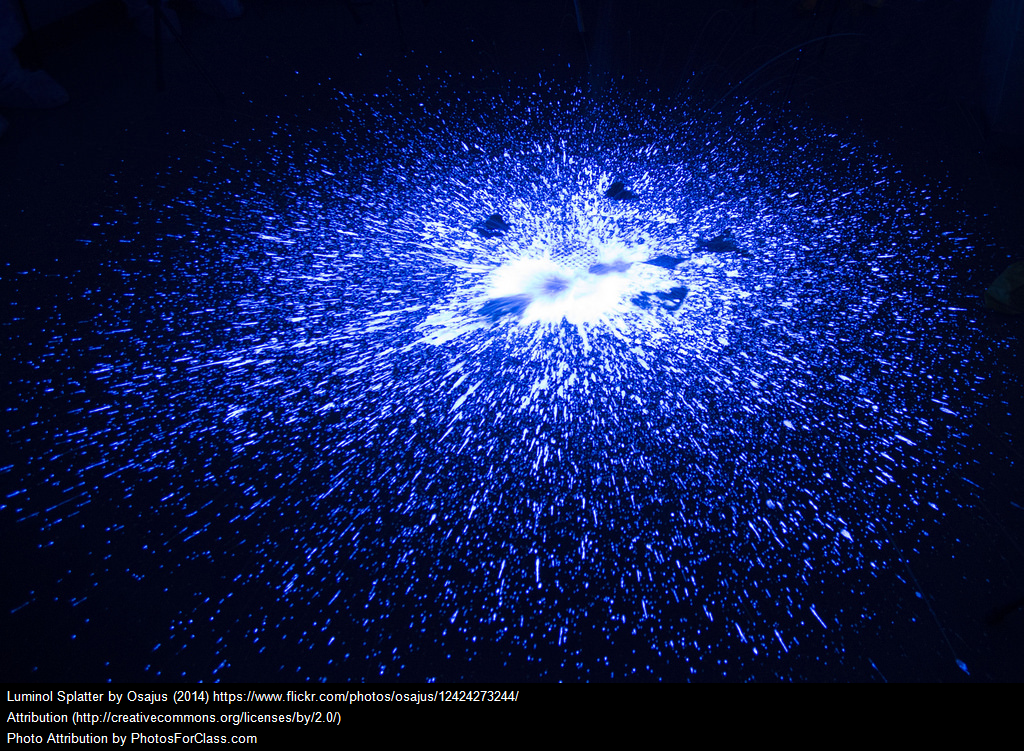Author(s): McCall, Keenan; Woods, Grace; Richards, Elizabeth
Type: Article
Published: 2021, Volume 71, Issue 4, Page 309
Abstract: Blood is an important physical material that may be encountered in violent crimes such as murder, assault, and rape.
The examination of bloodstains is of immense value in the reconstruction of crime scenes and the potential identification of subjects and victims and their linkage to a scene.
When crime scenes occur outdoors, the identification of blood evidence can become difficult with the naked eye.
The objective of this research was to conduct examinations of the Bluestar reagent to determine whether it could successfully detect blood in outdoor sites after prolonged exposure to the elements and whether the identified blood could produce a DNA profile.
Bluestar advertises the ability to reveal bloodstains that have been washed out, wiped off, or which are invisible to the naked eye.
For this research, approximately 0.5 oz of human blood was deposited onto the soil surface of 30 plots to be tested over 10 time intervals up to 45 days. At each interval, a soil sample and a cotton swab of the plot‘s surface were collected for later DNA testing. Results showed a positive Bluestar reaction throughout all intervals of the experiment. DNA profiles were developed from cotton swabs while the blood was visible to the naked eye.
Some of the soil samples returned weak profiles that could not be correlated to the donor. The results of this study demonstrate that even if there is a delay in locating an outdoor crime scene, the application of Bluestar is a reliable tool in the effort of locating blood evidence.






